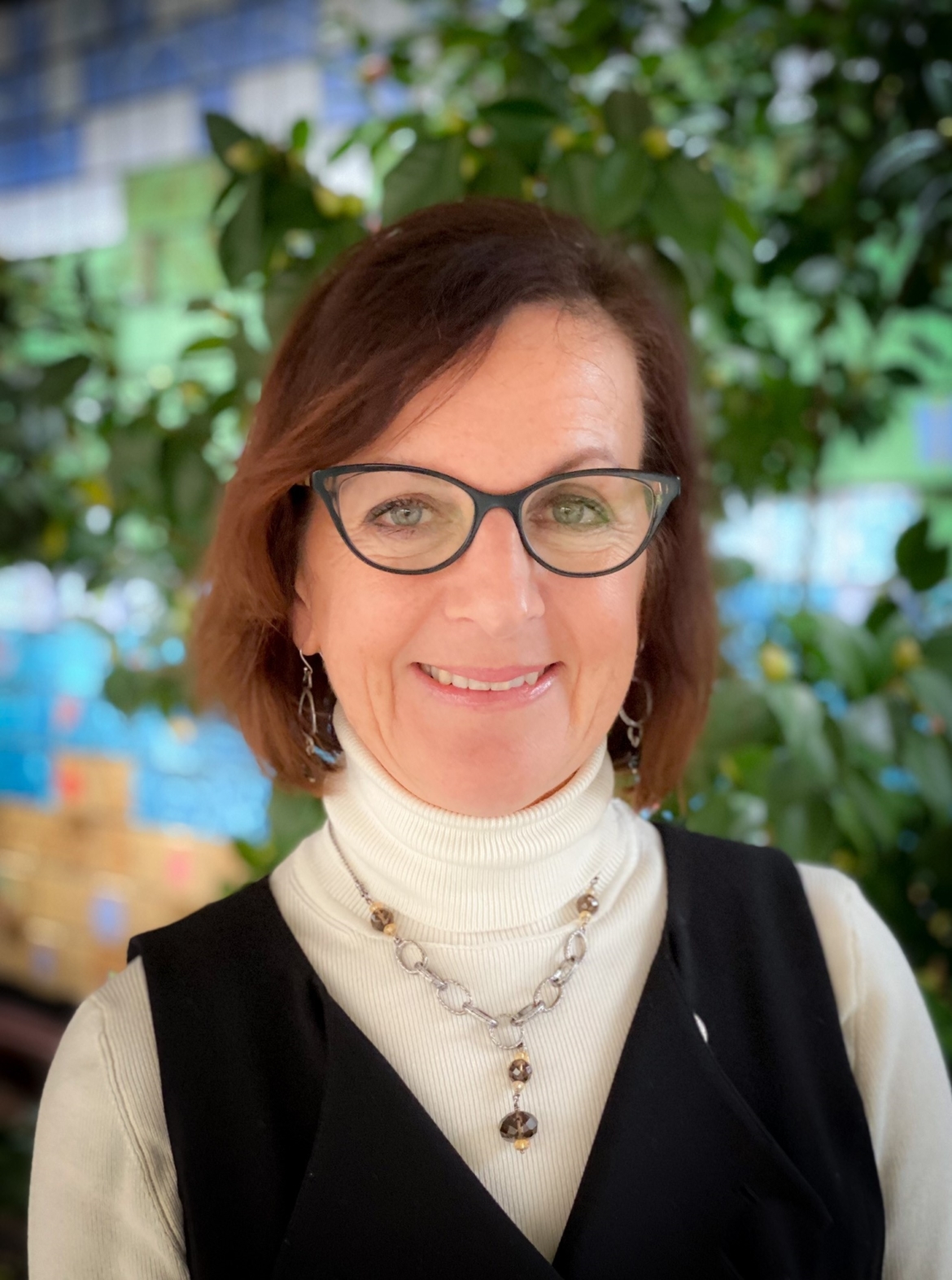
Kristin A. Dickert
Mill Creek Elementary School
Mill Creek, Washington
kdickert@everettsd.org
Best Practices
1) Building and Sustaining a Positive School Climate and Culture. Creating a positive climate and culture is a best practice that I strive purposefully and continually to implement. I do this at the student level, the staff level, and at the family level. I believe that creating a positive climate and culture acts as a foundation for ‘what is possible’ in all areas; most importantly teaching and learning at high levels.
When every stakeholder feels authentically connected to their school – as a result of feeling seen, heard, and valued, they are more likely to invest their best selves in how they ‘show up’ each day. Kids show up and choose kind, safe, respectful and responsible behaviors because they know they are cared for and valued. Teachers show up ready to invest in the school’s vision and mission, with a commitment to continual improvement in service of students. Parents, trusting that the school truly values them and has their children’s best interest at heart, show up as willing and ready partners. The tipping point is achieved when all stakeholders, as a result of deep connections with each other, develop a collective sense of pride, trust and desire to work together. That’s when everything is possible!
A strong school climate and culture grows each day, as a result of always putting people first. It means taking the time to deeply listen, seeking to understand and working in ways that make everyone feel that they are my top priority. It means committing to formal communication as well, through a weekly and monthly family newsletter so that all parents are regularly informed and connected. It means being visible in classrooms and outside every day during morning arrival and dismissal, rain or shine, talking with students, staff and parents. It means implementing a strong restorative practice approach in all discipline matters, so that any harm, broken relationship or broken trust can be quickly addressed and repaired. It also means problem solving alongside teachers and having difficult conversations when needed, in service of students. A strong climate and culture helps to ensure that everyone feels respected, which leads to a sense of efficacy. When stakeholders have a sense of efficacy, they voluntarily invest of themselves in developing their highest capacity and potential.
That’s when everything is possible!
2) Encourage Others to Focus on the Things They Can Control, and Do the Same Yourself. As we make our way through and beyond remote learning and the pandemic, we are now living with the resulting depth of missed social, emotional and academic learning. While it’s easy for educators to become overwhelmed by the challenges now, the best practice I’m focused on during this time of overwhelming need is to help all staff focus on what is within their control. While we could continue to dwell on all the things students have lost out on, that does not move us forward. We have to continually remind ourselves that we are, first and foremost, a learning institution, and we are well trained for this work. Furthermore, we get to do the most important work of all: equipping students with the skills and mindsets to go forward and be successful in the world: academically, behaviorally and social-emotionally. Staff need validation now. They also need affirmation that while we as educators can’t be expected to do everything, we can all do something, and we need to do it well, as part of our professional calling.
So, a best practice is maintaining a healthy and forward looking focus. This year has been about rebuilding the capacity of teachers. Throughout the past two years teachers were in survival mode. As we return to in-person learning we recognize the importance of going back to basics, realigning our instruction with our curricular maps and maximizing the resources we have. In response to student learning loss, many teachers have wanted to spend time and energy creating new, adaptive materials and procedures. It is far better to guide their return to the adopted curricular materials that already exist, and to encourage them to again implement those instructional practices they consistently used pre-pandemic. In practice, this has meant shining a spotlight on our school’s best practitioners and celebrating those exemplars. By focusing on these best practices at staff meetings and weekly staff bulletins, the whole instructional team thinks, “I can do that too, and I will.” Teachers are helping teachers be better. This very same concept applies when guiding students to resolve issues they are experiencing. As caring adults, we can help a child sort out which influences are within their control and which are not, and then lead them to focus on those things they can control. This is a way of communicating high expectations and a recognition of their capacity. We remind students that each day they have the power to make it a great day, and that the choice truly is theirs. We tell them that each day is a chance to start anew. One of my favorite sayings with students is: Remember, there are no mistakes, only lessons. It’s a sign in my office that I refer to every day.
Finally, I am most effective when I take my own advice. That means focusing on those things within my control, and relying on the basic foundations of effective leadership that apply in all situations, pre or post pandemic. It means having confidence in oneself, grounded in values and clear beliefs. It means showing up every day committed to being my best self and letting my body of work stand as a statement of who I am. I know that as long as I am doing what is best for students, teachers and families, the success of the school will follow.


